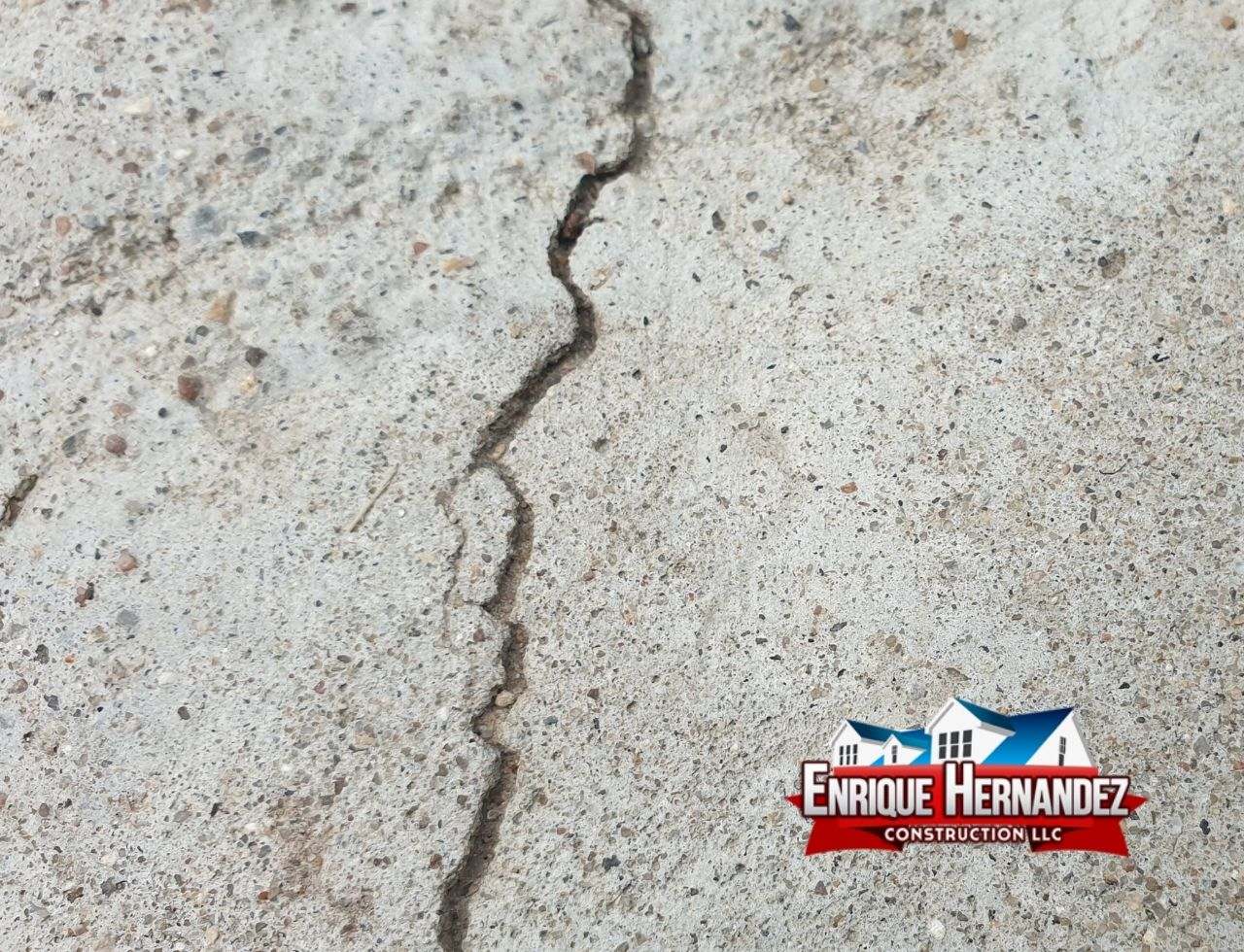
Identifying foundation issues early can save you a lot of stress and money. Knowing how to identify foundation problems is essential for maintaining a safe and stable home. In this guide, we’ll show you what to look for to keep your foundation in good shape.
How to Identify Foundation Problems: Key Signs You Should Look For
If you’re wondering how to identify foundation problems, there are several signs that can help you recognize early warning signs. By understanding these signs, you can act quickly before things get worse.
Cracks in the Walls and Ceiling
One of the first signs of foundation problems is cracks in your walls or ceiling. Small cracks are normal as your home settles over time, but large or sudden cracks could mean trouble. These cracks often appear near windows or doors and may grow larger as time passes.
- Look for cracks that are wider than 1/8 inch.
- Pay attention to cracks that appear diagonally or run through door frames.
If you see these types of cracks, it’s important to have a professional assess the situation before it gets worse.
Uneven Floors or Sloping
Another sign to watch for is uneven floors. If you notice that certain parts of your floor feel higher or lower than others, your foundation may be shifting. This can make it difficult to place furniture or walk without stumbling.
- Try placing a marble on the floor to see if it rolls in one direction.
- If your floors slope noticeably, it’s worth investigating.
When floors become uneven, it’s often due to shifting or settling in the foundation. Fixing the issue early can prevent bigger problems later.
Gaps Around Doors and Windows
Have you noticed gaps around your doors or windows? This could be a sign of foundation issues. When the foundation shifts, it can cause the frames to move, creating visible gaps. These gaps can make your doors hard to close or even cause them to stick.
- Check if the doors or windows are difficult to open or close.
- Look for gaps that weren’t there before.
If gaps are appearing around your doors or windows, it’s a good idea to have them checked by a professional to see if they’re linked to foundation movement.
Exterior Wall Cracks and Shifts
It’s not just the inside of your home that matters; you should also check the exterior walls for signs of foundation problems. Large cracks in the walls or shifting bricks can indicate that your foundation is moving or settling unevenly. These issues can worsen over time if not addressed.
- Look for cracks that are wider than 1/8 inch in your exterior walls.
- Inspect the corners of the foundation for bulging or misalignment.
Taking a closer look at the outside of your house can give you a clearer picture of your foundation’s condition.
What Causes Foundation Problems?
Understanding the causes of foundation problems is important for prevention. Some issues are unavoidable, but many can be managed with regular maintenance. Let’s look at some common reasons your foundation may shift or crack.
Soil Movement
One major cause of foundation issues is soil movement. The type of soil around your home can greatly affect its stability. For example, clay-heavy soil expands when wet and shrinks when dry. This constant movement puts pressure on your foundation, leading to cracks or shifting.
- Heavy rain or droughts can worsen soil movement.
- Poor drainage around your home can make the problem worse.
Regularly checking the drainage around your home can help reduce the impact of soil movement on your foundation.
Poor Construction or Design
Sometimes, foundation issues result from poor construction or design. If your home wasn’t built with proper materials or methods, the foundation may not be strong enough to withstand settling or soil changes.
- Low-quality materials can weaken your foundation.
- Lack of proper inspections during construction can lead to unseen issues.
If your home is older or poorly constructed, it may be more prone to foundation problems.
Tree Roots and Landscaping
Your landscaping can also affect your foundation. Large trees planted too close to your home can cause foundation damage as their roots grow. Roots can spread and put pressure on your foundation, leading to cracks and shifting.
- Ensure trees and shrubs are not planted too close to your foundation.
- Be cautious when planting near your home to avoid root damage.
Maintaining a healthy distance between trees and your foundation can help prevent this type of damage.
What Should You Do If You Identify Foundation Problems?
If you notice any of the signs above, it’s important to take action. Foundation issues can get worse quickly, so it’s best to address them early. Here’s what you should do next.
Call a Foundation Expert
If you suspect foundation problems, the first step is to call a professional. A foundation expert can perform an inspection and determine the extent of the damage. They have the right tools and expertise to assess your foundation thoroughly. Getting a professional opinion will help you understand the severity of the problem and how to proceed.
Get an Estimate and Plan for Repairs
Once the expert has inspected your foundation, it’s time to get an estimate for repairs. Foundation repair costs can vary depending on the extent of the damage, so it’s essential to get a clear and accurate estimate.
- Ensure the estimate includes all necessary repairs.
- Make sure the plan fits within your budget.
If you suspect foundation problems, don’t wait! The sooner you address the issue, the better. We offer free estimates and expert foundation repair services. We proudly serve areas within 40 miles around Edinburgh, IN. Contact us today for a consultation and keep your home safe and stable!
